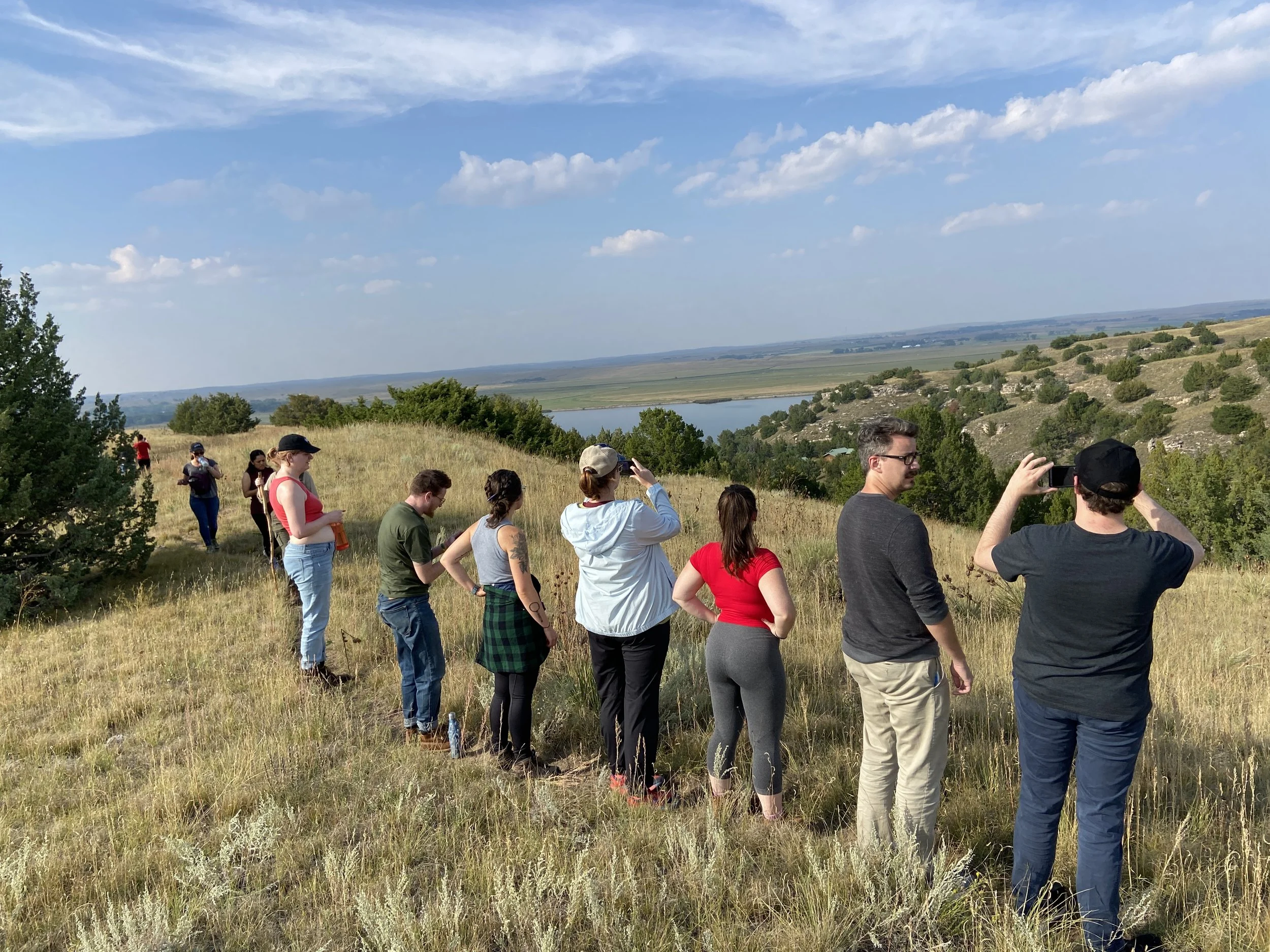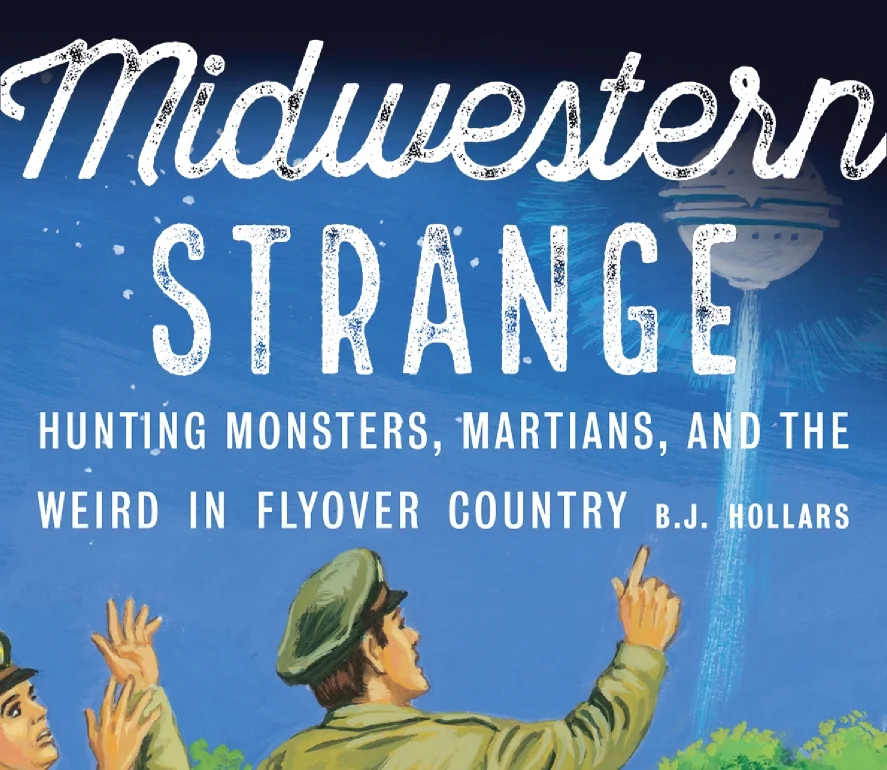260 miles from Lincoln, a little-known, cash-strapped NU outpost spawns renowned work – and serious awe
The year was 1974. It was early fall. Or was it late spring? Never mind all that, Gary Hergenrader says. It isn’t the season he remembers today, but the site: the old campground across the water, a dozen red cabins clinging like ticks to the canyon walls, the lodge overlooking Keystone Lake, the geology exposed in the rocky shelves above. It isn’t the semester he remembers, but the setting: the grassy dunes on his right, the North Platte River on his left, the Kingsley Dam looming just ahead, the clouds and the cattails and the cliff swallows darting between.
Before retiring in 2005, Hergenrader served nearly 25 years as the Nebraska state forester. Back then, however, sometime in 1974, he studied lakes, not trees. He was a 34-year-old limnology professor at the University of Nebraska-Lincoln. Thinning hair. Thick glasses. Thicker sideburns.
He remembers driving a university van, leading a small convoy to the Sandhills. And he remembers Roger, his graduate student, calling attention to the old Girl Scout camp in the distance. He remembers the field station he once patronized as a graduate student himself at the University of Wisconsin, and the northern California field station where he taught his first limnology course for Chico State. He remembers how those experiences colored that first big gulp of Cedar Point – how he dizzied with visions of a different use, squinting behind the wheel.
He pictured his own students at UNL scurrying like ants among the cabins; collecting minnows and insects, soil and scat; breaking the routine of academia and immersing themselves in the field.
“What a wonderful place for teaching,” he marveled aloud.
And then he proved it.




